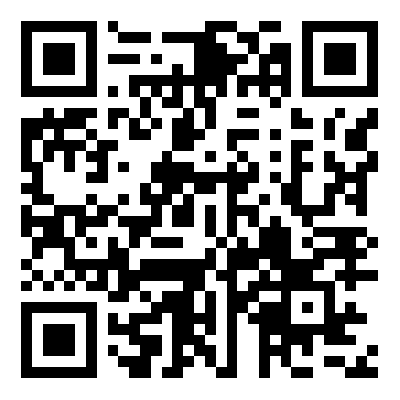How should the car oil pipe joint be removed correctly?
Release time:
2023-04-12
Author:
In the process of car repair and maintenance, the correct removal of oil pipe joints is a basic but vital skill. Improper operation may lead to oil leakage, component damage and even safety accidents.
In the process of car repair and maintenance, the correct removal of oil pipe joints is a basic but vital skill. Improper operation may lead to oil leakage, component damage and even safety accidents. Here are some professional steps and tips to help you complete this task safely and efficiently.
Preparations
Before starting the disassembly, make sure that the vehicle is in a stable state, preferably on a flat ground. Turn off the engine and wait long enough for the oil temperature to drop to a safe level to reduce the risk of scalding. Have the necessary tools, such as wrenches, tubing tongs and oil pan, as well as protective equipment, such as gloves and goggles.
Identify the tubing connection type
There are many types of automotive tubing couplings, including quick couplings, threaded couplings, and clamp couplings. Knowing the type of joint you are dealing with is the first step in proper disassembly. Quick couplings usually only need to press the release button to separate, while threaded couplings need to be rotated counterclockwise with a wrench. The clamp connection may require special tools to release the clamp.
Step by step removal
1. Release pressure: For the fuel line, first find the fuel pressure release valve to release the pressure in the line to avoid fuel splashing during disassembly.
2. Fix the oil pipe: use the oil pipe clamp to fix the oil pipe to prevent the oil pipe from rotating during the disassembly process and causing unnecessary damage.
3. Loosen the joint: according to the joint type, use the appropriate tool to loosen the joint. For threaded joints, make sure to use the correct torque and avoid over-tightening or over-loosening.
4. Collect oil: After the joint is loosened, immediately use the oil pan to collect the oil flowing out to prevent environmental pollution.
Precautions
During the removal process, be careful to avoid damage to the tubing or joints due to excessive force. If it is difficult to remove, do not force the operation, and check whether there are other fixing parts or obstacles hindering the removal.
CLEANING AND INSPECTIONS
After removal, inspect the tubing and fittings for signs of damage or deterioration. Clean the connection surface of the joint and the oil pipe to ensure that there is no impurity and corrosion, so as to facilitate the subsequent installation and sealing.
Safe storage
Store the disassembled tubing and joints safely to avoid collision or contamination with other objects. Parts that are no longer in use should be disposed of in accordance with environmental requirements.
By following the above steps and techniques, you can ensure that the disassembly process of automotive oil pipe joints is safe and efficient. Correct operation not only protects the vehicle, but also ensures the safety of maintenance personnel.
Share








